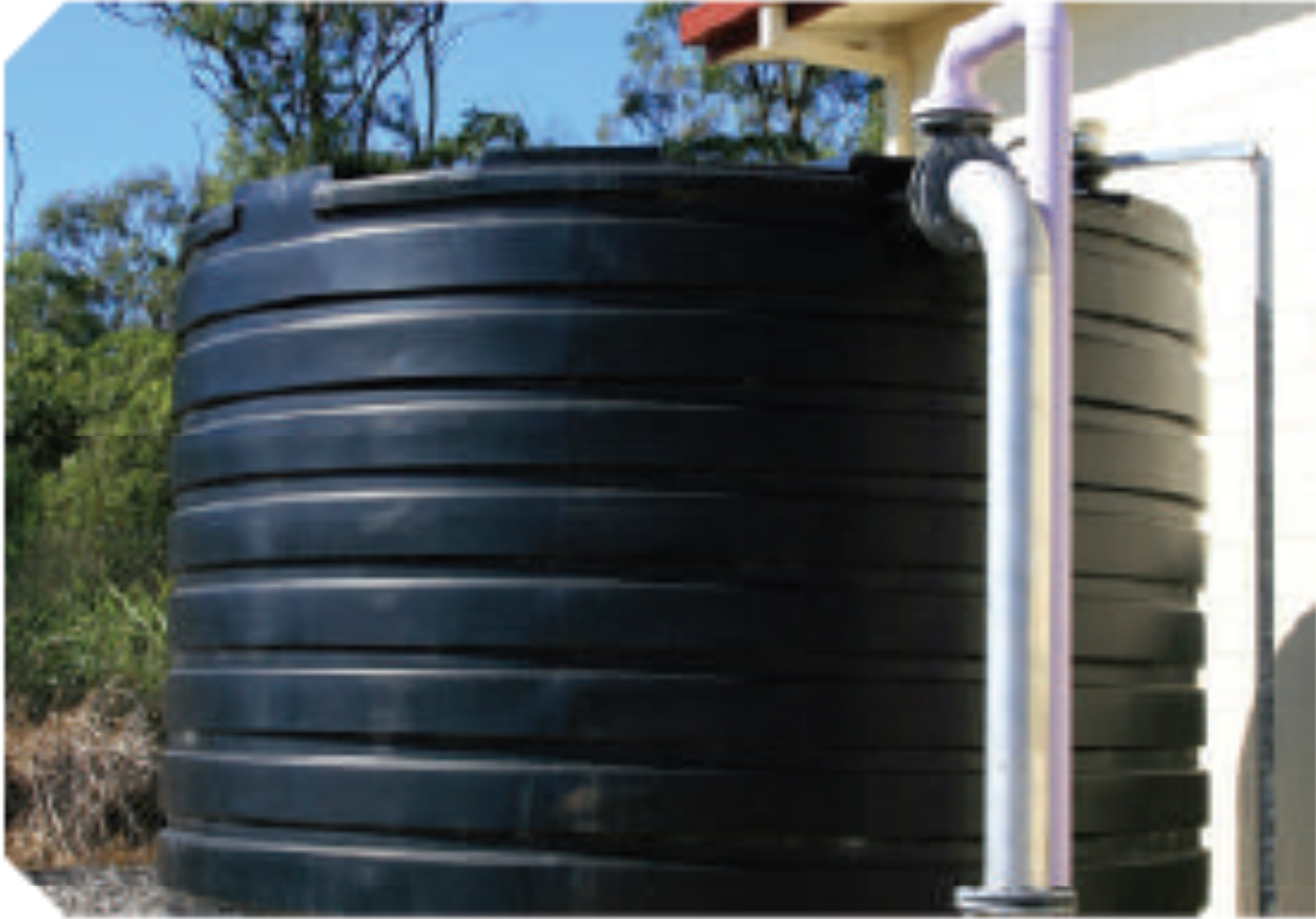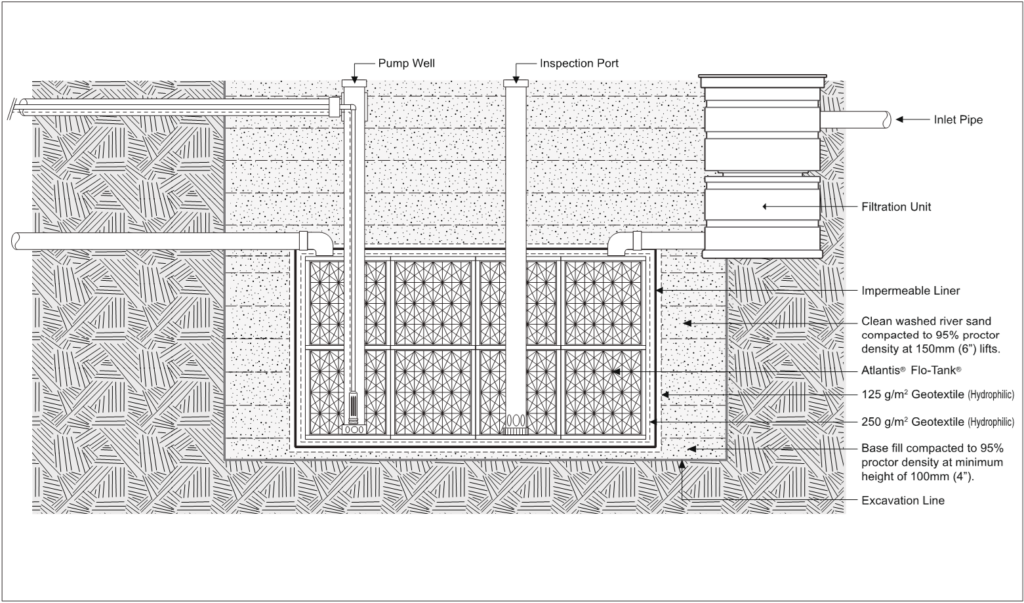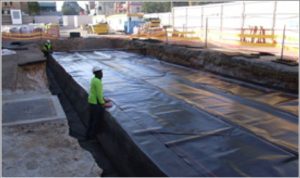Why We Do It
Water is quickly becoming an “endangered species” on our blue planet. Urban growth increases storm water runoff, which in turn harms natural waterways. All life requires water for survival. Becoming aware of the current state of our environmental condition is the first step in identifying viable solutions to ensure clean and healthy water for future generations.
Local water sources such as lakes, reservoirs and groundwater continue to decline despite regular rain events.
Demand is becoming greater than the supply and the rains that do fall on our ground are lost.
Rainwater is actually flowing away from the area it falls on due to development.
Water cannot soak into asphalt, concrete or shingles. It flows very quickly off of these surfaces and in the process it carries a variety of pollutants from dust and dirt to oils, fertilizers and pesticides.
This mixture flows quickly into storm sewers and in some cases, ponds and streams.
Highly developed areas can have 50% or more surface area covered by impervious surfaces forcing water away from the area where it’s needed.
Increased water velocity strips the aquatic vegetation from the shores exposing the soil to subsequent erosion and habitat loss.
As rainwater run-off is carried away it does not have the opportunity to soak into the soil or groundwater reserves so our aquifers continue to lose water and new water is not coming in.
Rainwater Harvesting Facts
One inch of rainfall on a 2,000 square foot residential roof generates 4,732 liters of water that can be reused. That same roof in a region receiving 30 inches of annual rainfall generates 155,201 liters of reusable water.
The average Kenyan household with a 10,000 square foot lot uses up to 11,356 liters of water weekly for landscape irrigation. Running a sprinkler for 2 hours can use up to 1,892 liters of water. Seventy percent of water used at home is used outdoors. 250,500 liters of water are used outdoors per household, per year.
Traditional methods of rainwater harvesting do not add beauty or value to your home or office setting.

According to the World Wildlife Fund, 1.1 billion people worldwide lack access to water and by 2025, two-thirds of the world’s population may face water shortages. Capturing and reusing rainwater reduces the community’s demand on the municipal water supply, reduces the owner’s water bills, and helps avoid strict water schedules. In a region receiving 30 inches of annual rainfall, a 2,000 sq. ft. roof will generate 155,201 liters of reusable water.

We help you with the acquiring, distribution and installation of the system below;

How it Works
The system captures water from both landscaped areas through surface infiltration and from roof areas which are filtered through the modular filtration unit.
Clean water is retained within the storage area from harmful UV light and heat remaining cool underground and readily available for re-use.
Typical applications include flashing toilets. In washing machines, watering gardens and washing cars.
Benefits
Lightweight
Modular
Maintenance Free Tank
Determinate Volume
Cost Effective
Cost effective compared to concrete and other systems
High Infiltration
Easily transportatable
Installation Modules


